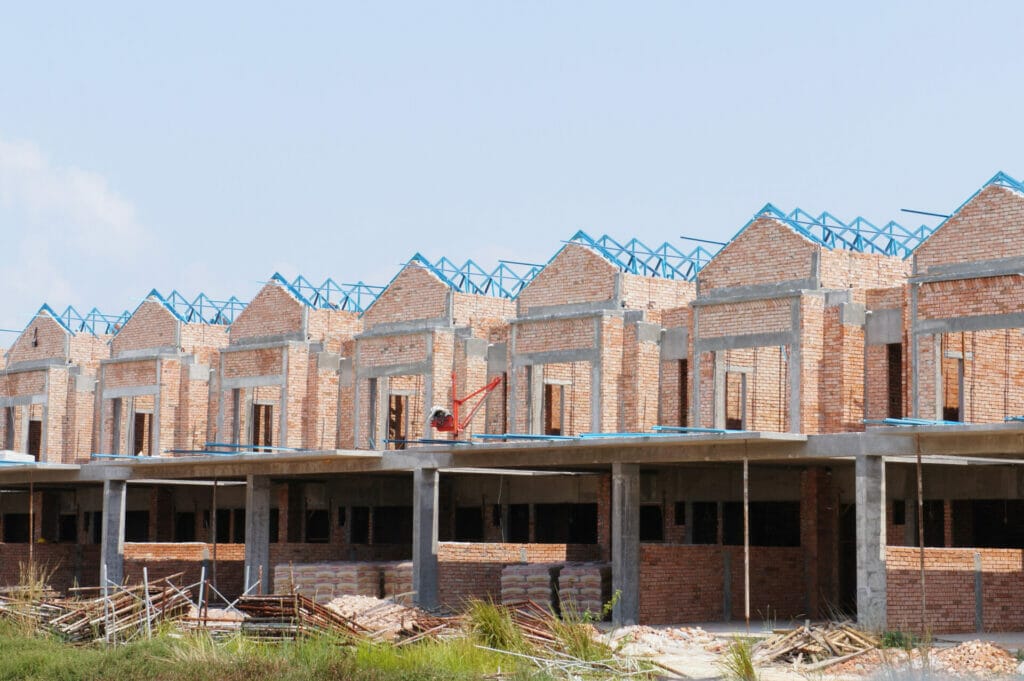
Social Housing – Why Demand Is Higher Than Supply
It’s no secret that the UK is in the middle of a social housing crisis.
In the last 50 years housebuilding has almost halved, and according to Shelter it is estimated there are over 1 million people on waiting lists for social homes, with some tenants being on waiting lists for over 10 years!

Why Is There A Social Housing Shortage?
Partly due to the governments right to buy scheme, the right to buy scheme allows council tenants who are renting to purchase their properties at a discounted rate.
The right to buy scheme is very attractive to first time buyers, and to anybody who is looking to purchase their own home, meaning lots of tenants have used the scheme since it was first introduced in 1980.
But this has created a bit of a problem for councils, because the properties that they have been selling off via the right to buy scheme have never been replaced, and as of 2023 they are now at a loss of over 1.5 million social homes.
Since 1960 housebuilding has nearly halved, in 2010 only 1.3 million homes have been built, compared to 1960 when over 3 million homes were built, this is a huge loss to the social housing sector.
Alongside the right to buy scheme there is also the issue of councils moving some properties into the higher rent bracket, leaving tenants unable to afford the higher rent increase.
With limited social housing available, and unable to afford to purchase a home, some people are being forced to accept any type of housing that they are offered, including properties with damp, and mold problems.
How Are Governments Tackling The Social Housing Crisis?
In the March 2020 budget, the government announced £12.2 billion for the next 5-year affordable homes program (AHP), which is set to run from 2021-2026.
Alongside this there was a further £1 billion of support announced for renters, by increasing the level of housing benefits, so that the local housing allowance will cover at least 30% of market rents in the UK, and in an effort to help reduce this shortfall, a new government-backed scheme was introduced.
This government backed scheme allows local councils, housing associations and charities to acquire blocks of properties, houses and apartments, in many areas across the UK on a 25 to 30 year, full repair and insure lease-agreements from major private landlords, by doing this it allows the councils and housing associations to increase their housing stock while not having to invest huge amounts of cash upfront helping them to stretch and do more with their limited budgets.

How Investing Can Help The Social Housing Crisis
While each social housing provider sets different criteria, they are looking for investors with a large portfolio of properties that will also usually need to be unencumbered.
At Avora Capital, we invest heavily in the social housing sector, purchasing properties in prime locations on a 25 or 30 year index linked lease with a government-backed housing association or charity, for more information on investing in social housing please contact us via the form below.
Important note: The information provided in this article is general in nature and does not constitute personal financial advice. If you are unsure whether an investment is right for you, please seek professional advice. If you choose to invest, the value of your investment can both rise and fall so you may get back less than you put in.


